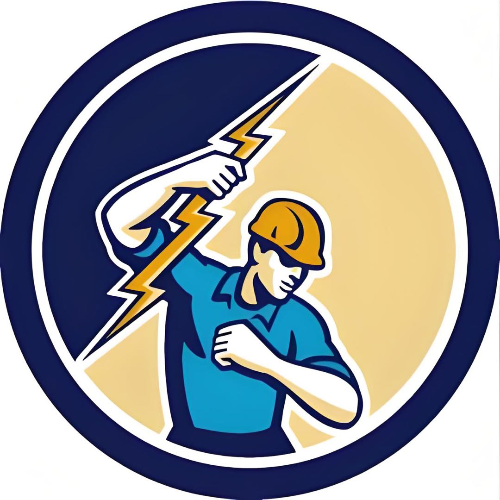What is a step voltage regulator?
Hey everyone, I'm Blue — an electrical engineer with over 20 years of experience, currently working at ABB. My career has mainly focused on circuit breaker design, transformer management, and providing power system solutions for various utility companies.
Today, someone asked the question: "What is a step voltage regulator?" Let me explain it in simple but professional terms.
So, a step voltage regulator is basically a device used in power distribution systems to keep the voltage stable. Think of it like an automatic voltage-adjusting transformer. When the input voltage fluctuates — which happens quite often — this device steps in and adjusts the output voltage in steps or stages, so that the connected equipment always gets a relatively stable voltage supply.
Let me give you a real-life example: imagine a power line that supplies electricity to a neighborhood. During the day when people are using a lot of power, the voltage might drop a bit. But at night, when most people are asleep and loads are low, the voltage might rise. These fluctuations can affect appliances and even cause damage.
That’s where the step voltage regulator comes in. It continuously monitors the voltage and automatically switches between different tap settings (which means different turns ratios inside the transformer) to either boost or buck the voltage as needed — all while the system is still running. No need to shut down the power!
It works a bit like gears in a car — depending on what's needed, it shifts to the right gear to keep everything running smoothly.
These regulators are commonly used in distribution networks, especially in areas with long feeder lines or where the load changes frequently — like rural grids or industrial zones. They help improve power quality, protect equipment, and make the whole system more reliable.
In short, a step voltage regulator may not be the flashiest piece of equipment out there, but it’s definitely one of the most practical and essential tools we use as field engineers.
If you have any specific applications or scenarios in mind, feel free to ask — happy to help!
We aim to gather electrical knowledge and share it with others.













